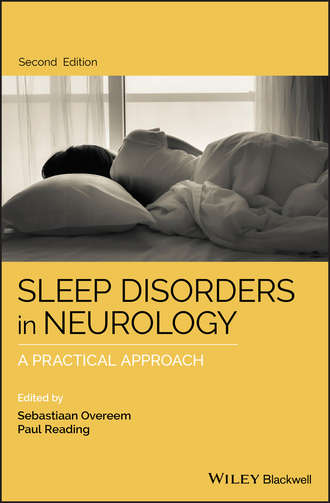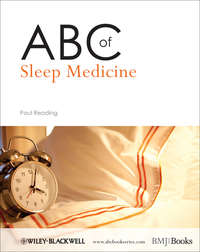
Полная версия
Sleep Disorders in Neurology. A Practical Approach
The acclaimed guide to quickly and confidently diagnosing and treating sleep disorders in neurological disease—now with more algorithms and tables The diagnosis and treatment of sleep disorders can be extremely challenging for physicians, especially when there is underlying neurological disease. In addition to the primary sleep disorders, there is a growing clinical interest in sleep disturbances associated with common neurological disorders such as Parkinson's disease. This updated and expanded edition of the critically acclaimed Sleep Disorders in Neurology: A Practical Approach provides doctors with expert recommendations and clear guidance on identifying sleep disorders in patients suffering from neurological diseases and providing effective treatment plans. In creating this Second Edition doctors Overeem and Reading made every effort to further enhance the practical approach of the first edition by adding additional algorithms and tables to assist physicians in more rapid decision making. In addition, they expanded the content to include greater coverage of primary sleep disorders. Classification and diagnosis chapters have been revamped to follow the 3rd International Classification of Sleep Disorders. Offers physicians, with a practical approach to diagnosing and treating complex sleep disorders Draws on the expertise of neurologists who specialize in the disorders under discussion Features quick-access algorithms that help physicians rapidly diagnose and treat primary and secondary sleep disorders with confidence Provides guidance on when to consult a sleep specialist in managing a particular sleep disorder and Written by a multinational author team who provide a wider perspective and range of clinical experience Sleep Disorders in Neurology: A Practical Approach, Second Edition is an essential resource for sleep medicine specialists, as well as clinicians and health care professionals not specifically trained in sleep medicine, but who nevertheless need to manage neurologically damaged patients with increasingly recognized sleep/wake disturbances.



